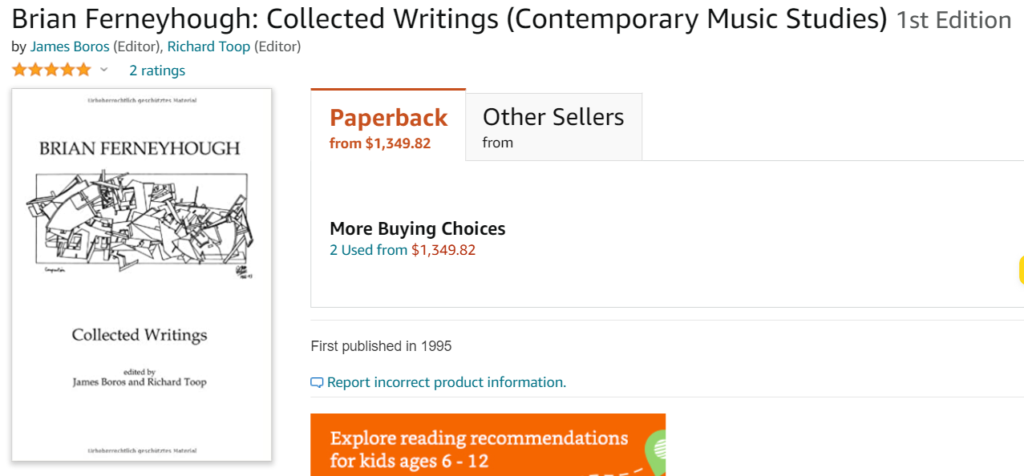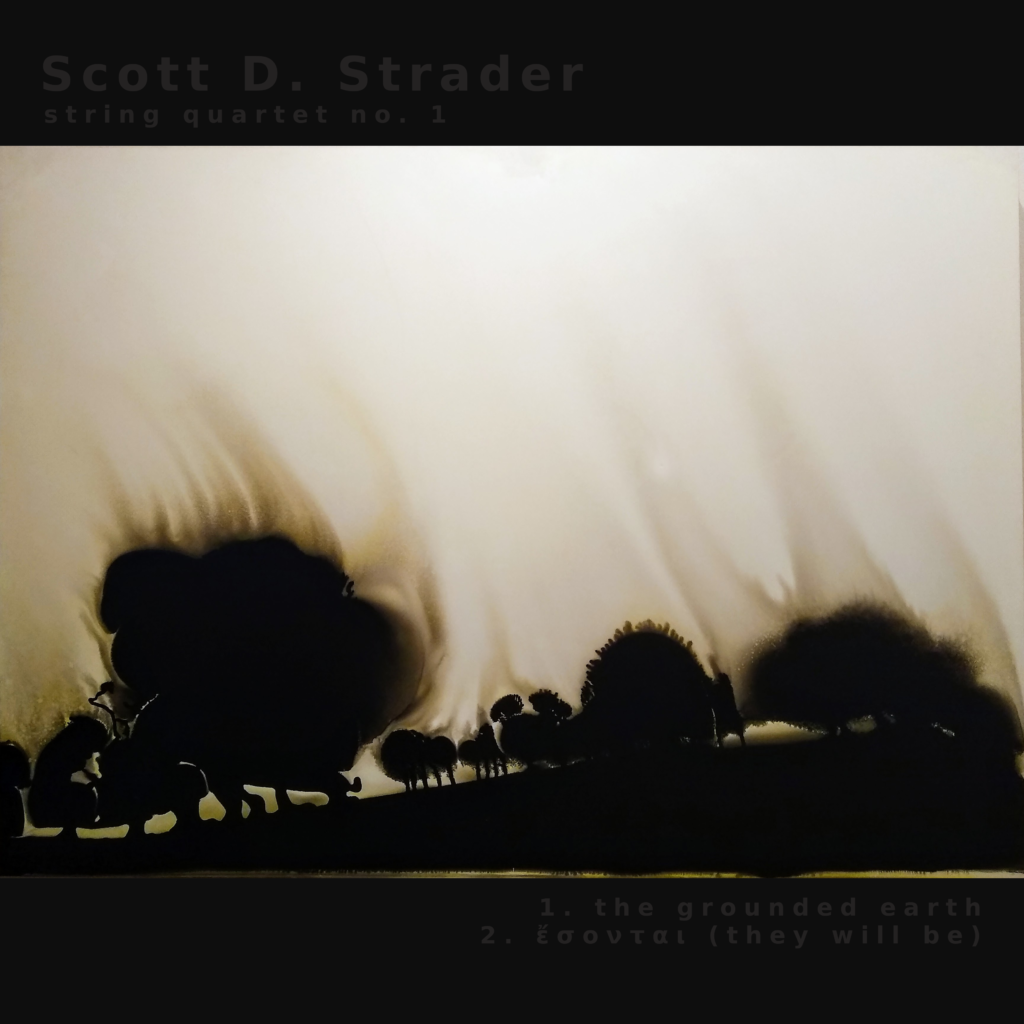Years ago (again, who knows how many) Lisa and I were hanging out at The Vortex on a Sunday afternoon–something we had never done before up to that time (that is: hanging out at The Vortex, not just “hanging out”)–and watching American Ninja Warrior, which we knew existed and knew what it was but had never before watched because it’s kinda like reality TV. That Sunday was our first drinking Sunday: those ones that were meant to avoid Monday. There’s always a first.
Continue reading The VortexCategory: Personal
Suite for Turntables and Piano — Timbre and finishing the first movement
Composing this work has been no single process but rather an organic transition moving from process-to-process as I experiment to work out the challenges. I’ve had mixed success and the score has been more a battlefield than normal: I’ll need a new eraser for the next project. The only consistency in the compositional approaches is that I start with a general sketch of the turntables’ “phrasal intent” within a section and within the movement’s structure then, somewhat as a crutch, write the piano part with the vertical alignment of turntables and piano happening naturally.
Continue reading Suite for Turntables and Piano — Timbre and finishing the first movementSuite for Turntables and Piano — Approaching a new instrument
Once I’d heard about it, I looked far and wide for Ferneyhough’s book of essays and composer interviews but could only find it for $1,300+ used on Amazon (ik,r?) and listed elsewhere as out of stock. Some sites had PDFs but they were generally pay-to-view (Scribd is the main culprit, per usual). Several pages in to the Google results I found a very sketchy-looking site that had it for download. Cool with me. Pages are scanned with greater-or-lesser quality, some clean, some absurdly skewed as they were pressed against the copy machine but still readable. Later, I found a scan a bit cleaner but from an equally sketchy site. Also cool with me.

Suite for Turntables and Piano — Notation
Different from when I finished the symphony, near the end of finishing the string quartet I immediately had an idea for this next work. The in-between-time in this instance is not downtime, but rather a period spent on research.
For (manymany) years I’d had the idea but never had the resources–or perhaps commitment–to approach it. The concept was a natural result of a classical/modernist listener who early on listened to Qbert, Invisibl Skratch Piklz, Shadow, et al. Choosing a sonata-like approach was an equally natural result for something that lends itself best as a solo instrument.
Continue reading Suite for Turntables and Piano — NotationString Quartet No. 1
